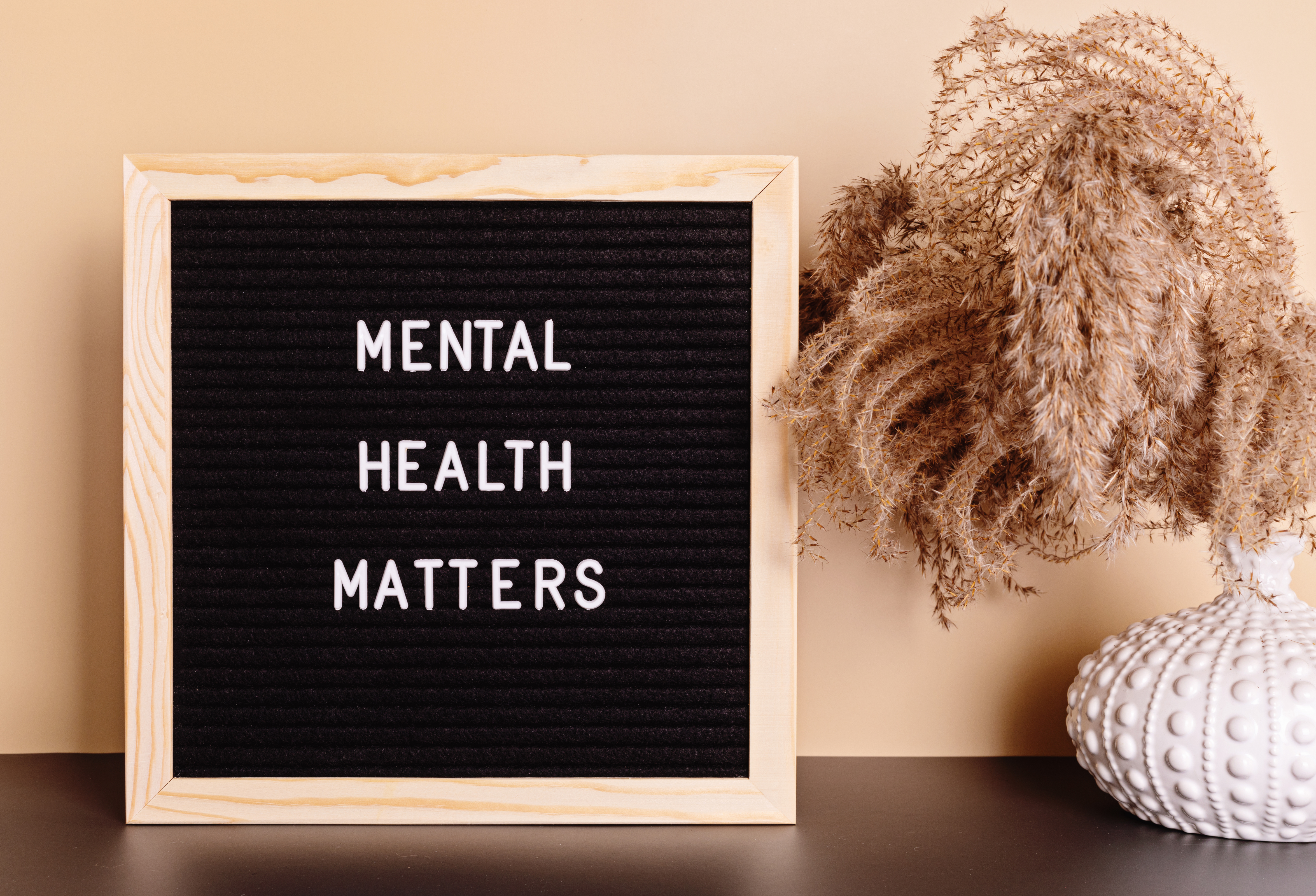With the hot North Carolina summer months coming upon us, it’s a good time to talk about how your body regulates heat – and how you can keep safe and cool doing yard work, working on the car, hiking or exercising outdoors.
How does your body regulate heat?
Your body regulates its temperature primarily through your hypothalamus, a tiny gland at the base of your brain.
When the temperature of your skin reaches a certain level, your hypothalamus is what stimulates your sweat glands to produce sweat. Sweat can then evaporate, lowering your body temperature. In humid conditions, rates of evaporation are much lower, which leads to higher incidences of overheating (so watch it on a muggy day!). Vasodilation is another way that your body regulates temperature. Having less restricted blood flow allows more blood to flow closer to the surface of the skin, where cooling can occur.
How does your body adapt to warm temperatures?
The human body is capable of adapting to different temperatures through a process called acclimatization. To function better in the heat, your body will begin sweating at a lower body temperature and in greater quantities. As well, when you sweat you will lose less sodium and electrolytes, however you will need to take in more fluids due to your increased sweat production!
There is little magic in how you can acclimatize your body to the heat – simply perform low-intensity activities in the heat for a period of at least two weeks. Activities such as walking, gardening or doing general yard work would be good examples of this. It is ill-advised to begin running in warmer temperatures as you will fatigue quickly and without proper acclimatization, increase your chances of a heat-related illness or incident.
Lower your chances of heat-related illness!
Wear loose-fitted clothing in a breathable fabric such as cotton when partaking in any kind of outdoor activity.
Make sure that you are drinking plenty of fluids, and if performing activities for an extended period of time, think about replacing your salt and electrolyte balance as well with a drink such as gatorade.
Take breaks! Give your body a chance to lower its internal temperature back down by going back inside, working in the shade or slowing from a jog to a walk.
If you feel any symptoms of heat-illness, such as cramping, headache, nausea, clammy skin, fatigue or hyperventilation, take immediate action. Stop your activity, find someplace cool to rest and restore your fluids. If you can, take a cool bath or find a cool towel to wipe yourself down.
Kat Whitfield
B.S., NASM-CPT



